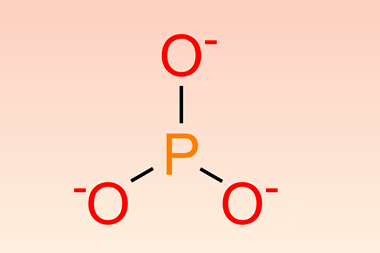Japanese chemists have developed a new transition metal catalysed reaction for the silicon substitution of C-H bonds by difluorosilanes in aromatic heterocycles.
Organic chemists have a new reaction to add to their toolkit thanks to a group of Japanese researchers.
Breaking C-H bonds to introduce new functional groups into a molecule is one of the toughest challenges for an organic chemist. Not only are they particularly strong, but they are everywhere; so how does a reagent discriminate between them?
Transition metals have been heralded as a means to tackle the problem, and over the past 40 years a tremendous amount of research has gone some way to solving it. Nevertheless, successful catalytic methods are limited.
Now, in an extension of their work on the silylation of arenes, Tatsuo Ishiyama and co-workers at Hokkaido University have developed a new route to silicon-substituted heteroaromatic compounds using a transition metal method. Using an iridium complex, the team were able to attach a fluorosilyl group to a variety of five-membered aromatic rings including furans, thiophenes and pyrroles.

The reaction is high-yielding and also very selective, with the silicon group typically entering at one position only on each ring. The conditions used are suitable for compounds possessing a wide range of functional groups, such as esters and chlorides. Of particular significance is that the reaction is catalytic, meaning that relatively small quantities of iridium can be used. The iridium complex is also air-stable, making the method very convenient.
Aromatic silicon compounds are versatile synthetic intermediates and the products could be useful starting materials for a number of reactions such as Tamao-oxidations, Hiyama-couplings, Rh-catalysed carbonyl additions and Cu-promoted aminations. Ishiyama hopes that the future will see the method ’applied to the synthesis of natural products, biologically active compounds and functional materials’.
Celia Clarke
References
T Ishiyama, K Sato, Y Nishio, T Saiki and N Miyaura, Chem. Commun., 2005, (DOI:10.1039/<MAN>b511171d</MAN>)






No comments yet